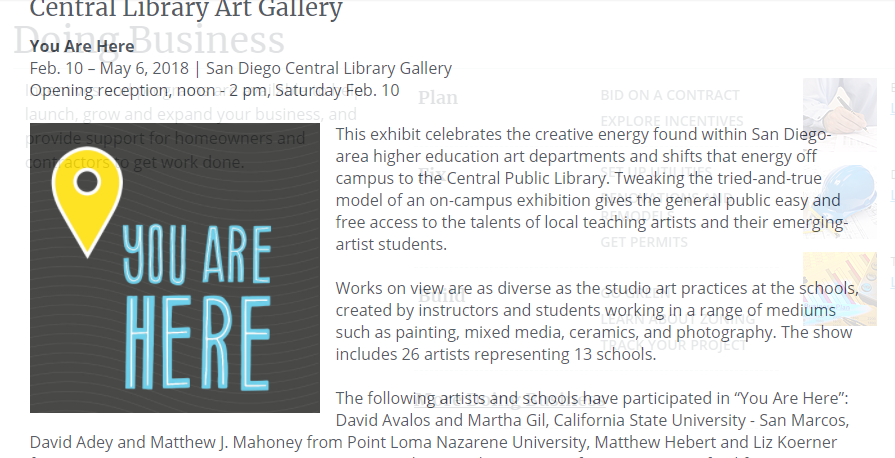One of the most common questions I’m asked is: what is your favorite place you’ve visited? While I love dozens of cities and just as many countries, I have four that immediately jump to mind: San Francisco, Tokyo, Berlin, and Buenos Aires. I’ve listed them in descending order of expense, and this is where I’ll tie it back to an oddly common question I get:
How do I become a tango expert?
I’m the first American to hold a Guinness World Record in tango, which was done on a lark while I was living in BsAs (that’s Buenos Aires) in 2005 and competed in the world championships. Fortunately for you, dear reader, becoming a tango expert and living like a rock star can go hand-in-hand if you hack BsAs properly.
First, why BsAs? Four reasons off the top of my head:
1. Created by immigrants from Spain, Italy, and Germany, you get the best food, architecture, and culture from all three. This mix of genetics also produces some incredible physical specimens. In fact, I rank Argentines right up there with Norwegians as the most beautiful people in the world.
2. In my experience, it’s the safest city in South America. It looks like Paris in many places, and I have never felt threatened on the street, even after 2am. Try that in SF or NYC.
3. Argentina is the New Zealand of the western hemisphere. From tropical rain forests in the north to world-class skiing in Patagonia, it has it all. Check out rare tropical birds or watch penguins get eaten by killer whales — it’s your choice. Argentina is the most beautifully diverse country I have ever visited.
4. It is possible to live like a millionaire on $30,000 a year. I’ve been there four times and can tell you this: dollars get you a quality of life that is all but impossible in the US. Even with the getting-there costs, I saved more than $10,000 on my last trip when compared to just sitting on my ass in Silicon Valley, and I was living like a rock star the whole time in BsAs: 5-star meals, VIP tables, you name it.
So, should you take the jump and move to Argentina? I have friends who have done it, but I recommend you take a 1-3-month “mini-retirement” first to take it for a test drive. Here are a few recommendations to get you started:
1. Timing:
Airfare will run between $500-850 roundtrip, so ensure that you’re staying for a while. Remember that it’s summer and hot as hell in BsAs in December-January. November or March-April are gorgeous, and summer time in the US is perfect for skiing in Bariloche or Las Lenas.
2. Flights:
I generally fly Continental/Copa through Panama, as I like to spend 1-4 weeks snorkeling in Coiba in Panama (why not get two trips for the price of one?). If not, Aerolineas Argentina often offers good prices, and you can sometimes get deals by flying into Rio or Sao Paulo, Brazil and then to BsAs on Gol or TAM. check airfares immediately after 1am on Saturday nights (Sunday mornings), when many airlines lower prices based on “flight load” (ratio of sold-to-empty seats).
3. Housing:
One negative to Argentina, especially BsAs — people will attempt to overcharge you. This will happen in any country with weak currency. I’ve rented rooms with families, used Argentine brokers to get shared apartments, rented posh penthouses from expats, and found hidden gems through Germans. My conclusion? It’s not worth the headache to deal with most Argentines and attempt to save a few hundred dollars. I had a huge pain in the ass with a dishonest Argentine landlord who refused to return my deposit — and I speak fluent Argentine Spanish — so now I deal exclusively with non-Argentines. There are some great Argies, to be sure, but they have the reputation among South Americansfor being unreliable (!). Use http://www.craigslist.org or my favorite outfit: http://www.ba4uapartments.com.ar I’m not gay, but I do like how gay-friendly agencies keep their apartments: impeccably clean.
You’ll pay 3x more than an Argentine. A decent room in a good location can be found for $300 USD, a great single bedroom apartment can be found for $700-800 USD, but here’s one tip: if you can get a friend to come with you (or if you have a family), a two-bedroom or three-bedroom can be had for $1,200-1,300, and it will be 10x more luxurious than the one-bedroom. My favorite areas to live are, in descending order of preference: Recoleta (I like near Plaza Francia), Palermo, Barrio Norte, and San Telmo. Puerto Madero is the most expensive area and people fight for it, but it’s quite boring unless it’s a weekend evening.
4. Clubs, VIP treatment, and Food:
Spend an evening walking around one of the best hotels in BsAs, such as The Four Seasons, Sheraton, or Hotel Alvear, and make friends with one of the managers on call. They get VIP tables at all of the top clubs — Asia de Cuba, Opera Bay, Mint, Amerika, etc. — and can get you on the lists, so invite them for drinks and ask them for suggestions of where to meet. If not, just visit the clubs around 10pm on a Thursday or Friday and ask to meet the director of special events, or the manager (“gerente”). Tell him you’d like to bring some friends to the club and ask how to get on the list. Keep his card in your wallet to flash at bouncers. Worst case scenario, just spend $50 USD with a few friends and you can get a 6-person VIP table with unlimited champagne for the night.
For wining and dining, my faves are Gran Bar Danzon and La Bistecca, but more than both combined, I love all of the hole-in-the-wall parrillada (Argentine BBQ) restaurants. Just wander down Lavalle off of Avenida Florida and take your pick: the beef sandwiches for $3 USD (use plenty of chimichurri) will blow your mind.
5. Tango:
I had no interest in tango before visiting Argentina. I thought it was effeminate and ridiculous, something out of Shall We Dance? (the Japanese original is not to be missed) The truth is that social tango is completely improvised (much like my first love, breakdancing). Chest to chest, strangers will embrace and get to know each other more in three minutes than 10 dates would otherwise accomplish. Every night of the week, tango rules the night, only really getting started around 1am. Here are some of my favorite milongas (tango dance halls):
“New wave” (nueva onda) tango and 20-30-something crowd:
“La Viruta” at Armenia and Cordoba, inside the Armenian Cultural Center (odd, I know). 1am+ on Wed, Sat, and Sunday are awesome. I took a kiwi friend of mine there the day before he flew back to NZ, and he said to me: “Thanks for ruining my life.” He had been in BsAs for three months and had never seen such wildlife.
Traditional and older crowd: “Sunderland” or “La Baldosa” — find “El Tangauta” magazine in any tango shop, or at La Viruta, for addresses and all the tango info you can handle. Also use Ctrl-F to find any of the milongas I mention here.
If it is your first time in BsAs, I would recommend having an Argentine friend call the teachers and ask for pricing for an unnamed “friend,” not mentioning that you’re a foreigner. Otherwise, I promise that you will be overcharged. Smelling dollars, someone who should cost 50 pesos/hour will ask for 80 dollars. You should be able to get excellent private lessons for 50 pesos/hour. Good group lessons can be found at the Carlos Coppelo school in front of Shopping Abasto. My favorite private teacher is the young prodigy Gabriel Misse, but he’s going to be more expensive than most. He trained me for the world championships and is amazing. Here is a clip of Gabriel and his partner Alejandra Martinan. It starts off slow, but watch the amazing footwork as they progress. Most amazing? It is ALL improvised on the spot.
If you want to live like a king, it’s just a few thousand miles south. Viva la Argentina!





